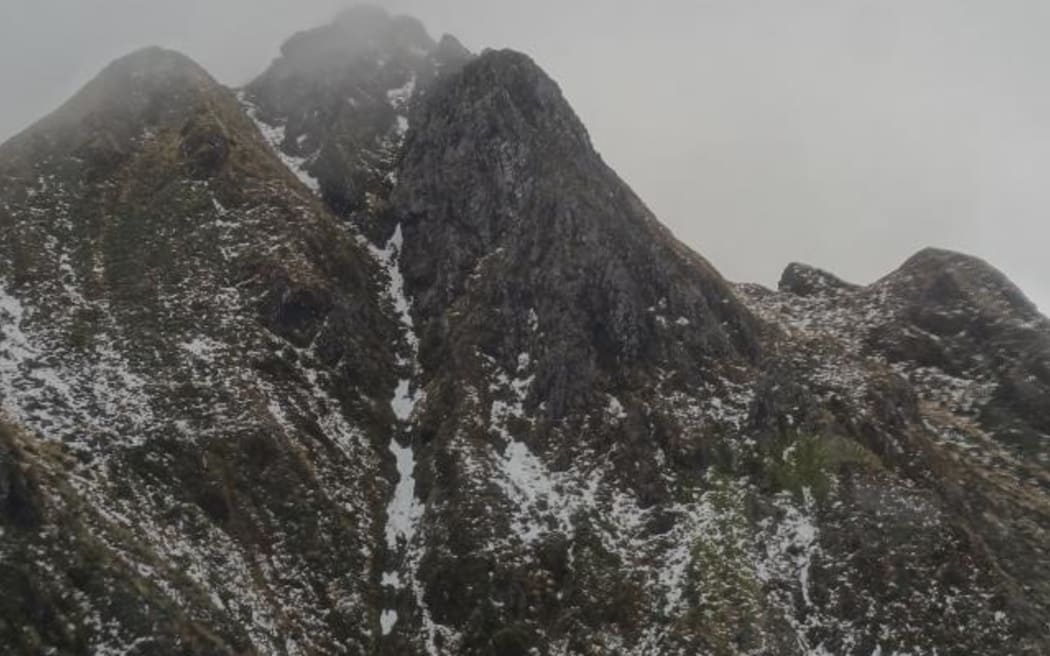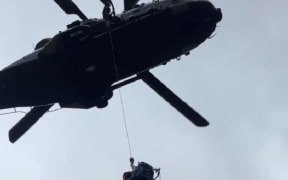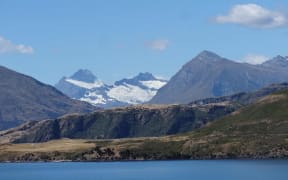
The Tararua Ranges are known as challenging, with changeable weather, and difficult terrain. (File photo). Photo: Supplied / NZ police
Police say a tramper rescued from the Tararua Ranges did everything right by using a distress beacon.
The tramper became lost during a solo hike meant to last several days. They were found by an Air Force helicopter near Mt Neil on Friday morning.
Police said the person had a sleeping bag, beacon and survival equipment which was crucial in getting them through the night.
The rescue came just a week after a couple were rescued from the area in bad weather.
Police and the Mountain Safety Council said the Tararua Ranges are known for extreme weather conditions and people need to be prepared.
Mountain Safety Council chief executive Mike Daisley said strong wind and low cloud often create poor visibility, making the challenging terrain even more dangerous to navigate.
It was essential that anyone venturing into mountainous areas understand the weather forecast and take emergency devices like a distress beacon, he said.
They could be hired from many DoC Visitor Centres or outdoor tramping and hunting stores for as low as $10, and once activated, the beacon would alert the New Zealand's Rescue Co-ordination Centre.
Being prepared "means choosing the right track for you and your group, checking and understanding the weather forecast, packing warm and waterproof clothing layers ... all important steps of planning," Daisley said.
"The challenge of the rugged Tararua Ranges can make it a hazardous place, that's why during trip planning, consideration of alternate routes is essential as well as having a backup plan and being prepared to stay longer at safe points such as huts."
Wellington Search and Rescue Squad member Pete Cadle said as well as taking a distress beacon the most important thing of all was to make sure someone responsible knew your plans and could raise the alarm if you did not return on time.
"Let someone you trust, like family or friends, know where you are going and when you expect to be back," he said.
Mobile phone coverage was not reliable in the back-country, Cadle said, so distress beacons were essential, and trampers should know how to use them and they should be registered along with the users information with the Rescue Coordination Centre.
Even those who only planned a day trip should carry enough gear to stay safe in case the weather turns quickly or they became stuck.




